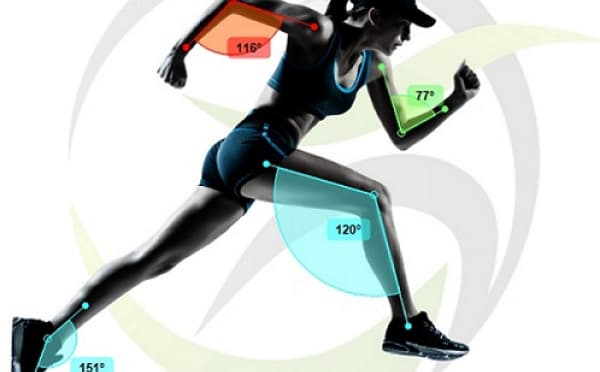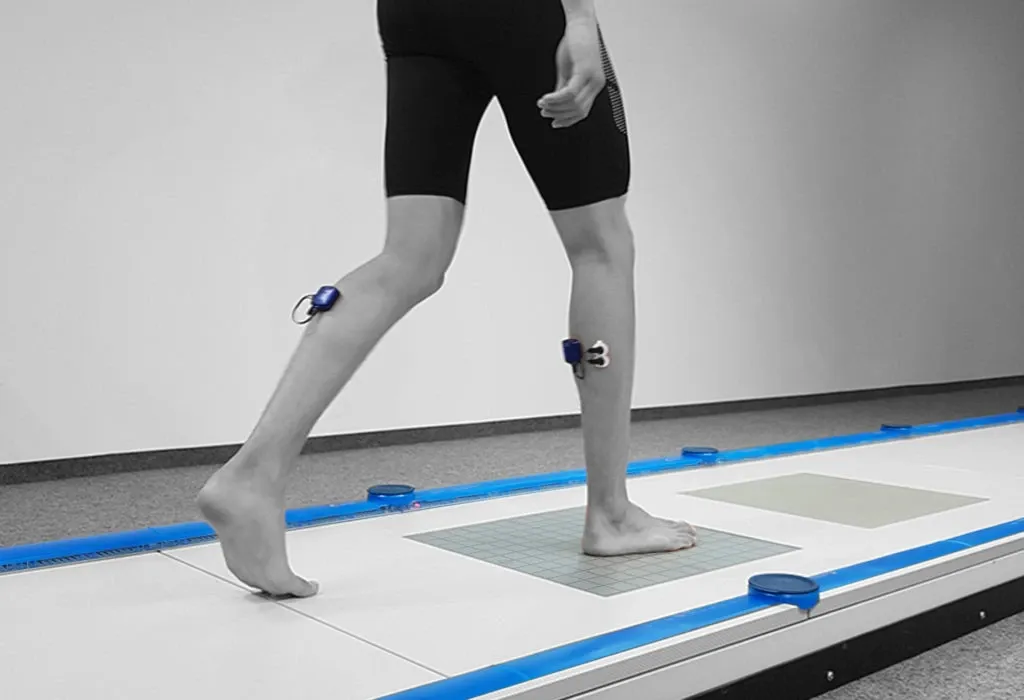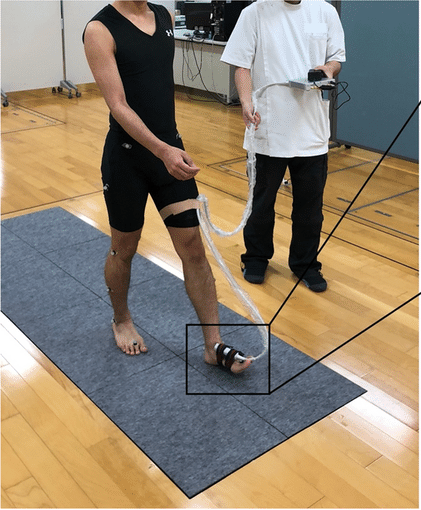What 2D Gait Analysis Offers

How 2D Gait Analysis Works
During a 2D Gait Analysis session, a video camera records your movement as you walk or run. The physiotherapist then analyzes these recordings to evaluate aspects like:
- Foot Placement: Assessing how your feet land and whether they roll in or out.
- Stride Length and Frequency: Identifying how long and how often you take steps.
- Joint Movement: Evaluating how your hips, knees, and ankles move in relation to each other.
- Posture: Checking overall body alignment and posture during walking.
- This analysis allows the physiotherapist to detect subtle abnormalities that may not be visible to the naked eye.
Conditions Treated with 2D Gait Analysis
2D gait analysis can be useful in the diagnosis and management of:
Sports Injuries:
Identifying abnormal movement patterns that lead to overuse injuries.
Post-Surgical Recovery:
Assessing recovery progress and ensuring proper walking mechanics after surgery.
Chronic Conditions:
Helping patients with conditions such as arthritis or neurological disorders (like Parkinson’s disease) improve mobility and walking function.
Pediatric Gait Issues:
Detecting abnormalities in children's walking patterns, such as in cases of developmental delays or congenital conditions.



Benefits of 2D Gait Analysis
Accurate Assessment:
Provides a detailed, objective view of your walking patterns, helping identify any inefficient movements or imbalances.
Injury Prevention:
By detecting faulty gait mechanics, 2D gait analysis helps prevent injuries caused by improper movement patterns, such as strains, sprains, or stress fractures.
Personalized Treatment Plans:
Based on the analysis, a tailored rehabilitation or training program can be created to correct gait issues, improve mobility, and enhance overall function.
Improved Performance:
For athletes, optimizing gait can enhance performance, increase speed, and reduce energy consumption.
Better Posture and Alignment:
Helps correct postural imbalances that can lead to pain or discomfort in the long run.
